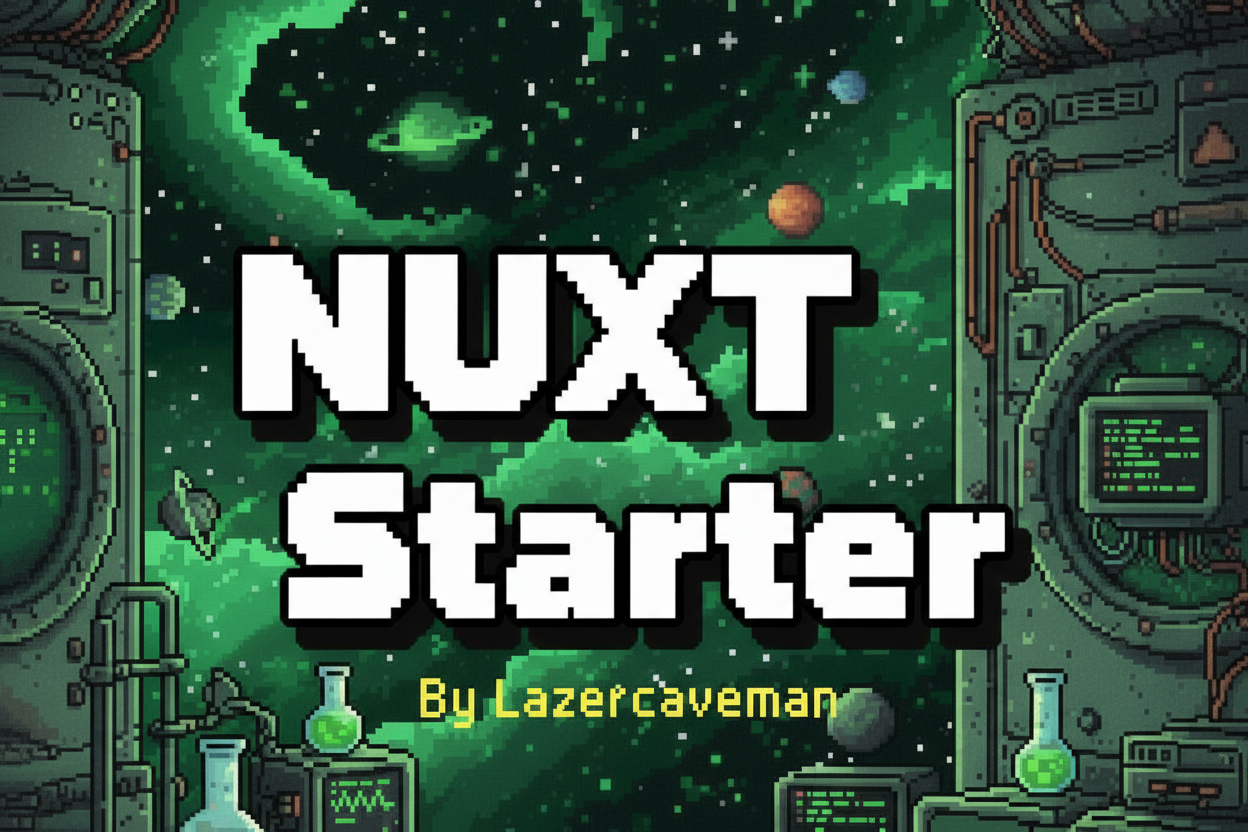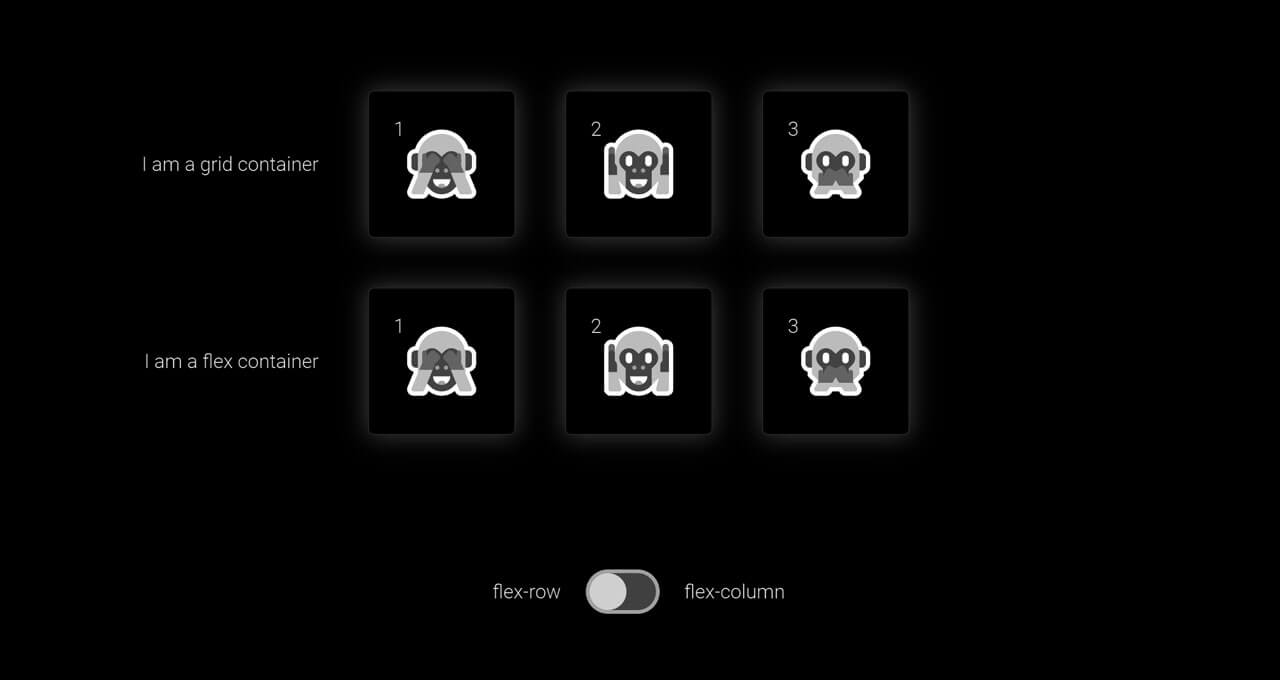Blog Posts & Notes And a Byte of Insight
Focus
Vue / Nuxt
Blog Posts
Handcrafted
Bookmarks
Web Finds
Front-End Forays & Framework Fables
Dive into my blog and read about web experiments, case studies, proof of concepts, Vue, Nuxt, technologies of all kind and beyond.

Nuxt 4 Starter Kit: Your Launchpad for Modern Web Development
Published on
Launching a modern web application in 2025 demands more than just writing code—it requires a carefully orchestrated ecosystem of build tools, linters, testing frameworks, and styling systems working in harmony. The Nuxt 4 Starter Kit addresses this challenge head-on, providing a batteries-included foundation that eliminates configuration overhead and lets you focus on what truly matters: building exceptional user experiences.
What’s Coming in Nuxt 5: Features, Improvements, and Developer Impact
Published on
Nuxt is preparing for its next major iteration with a strategic two-release approach: Nuxt 4 (already released in July 2025) followed by Nuxt 5 (expected Q4 2025). This staged rollout represents a fundamental shift in how the Nuxt team approaches framework evolution, prioritizing ecosystem stability while delivering new features.
Comparing Chromatic & Storybook with Lost Pixel & Hostoire
Published on
When choosing a visual regression testing stack for Vue and Nuxt applications, two distinct approaches emerged to me: the battle-tested combination of Chromatic + Storybook and the newer pairing of Lost Pixel + Histoire. The established solution is stable and well-supported but costly and restrictive, while the newcomer is free, open-source, and Vite-native but still immature and limited in features.
Stop Vibe Coding: Harnessing AI to Supercharge Your Workflow (with Guardrails)
Published on
In an era of ever-expanding toolchains and mounting complexity, AI can be your steadfast ally—surfacing best practices, challenging design choices, and scaffolding code. This article explores how AI enriches every phase of development, from research and review to generation and visualization, while acknowledging its limitations and hype.
Web Accessibility in 2025: European Accessibility Act, Modern Testing Tools, and Strategic Implementation
Published on
The European Accessibility Act mandates WCAG 2.1 AA compliance for EU-targeted digital services by June 2025, covering e-commerce, finance, transport and communication platforms. Key testing tools include Storybook A11y, Chromatic, Vitest+jest-axe and IBM Equal Access for automated validation. Apple VoiceOver screen reader testing ensures real-world usability. Integrating component-level checks foster accessibility excellence.
Nuxt Cache Strategies: Synchronous vs. Stale-While-Revalidate
Published on
Modern web apps must balance data freshness with perceived speed. While traditional caching forces you to choose between up-to-date data and fast responses. Caching decisions directly impact user engagement, infrastructure costs, and your competitive edge.
OXC: Rust-Powered Next Gen JavaScript Tooling
Published on
The JavaScript ecosystem is undergoing a fundamental transformation, driven by the emergence of OXC (The JavaScript Oxidation Compiler), a comprehensive collection of development tools written in Rust. This revolutionary toolchain promises to address the performance bottlenecks that have plagued JavaScript development for years, offering speed improvements that range from 3x to 100x faster than existing solutions.
Deep Dive into Nuxt-SSR, -Hydration and -Islands
Published on
Server-side rendering (SSR) with Nuxt.js offers a solution to the slow loading times and SEO issues of traditional SPAs. The innovative combination of hydration and Nuxt Islands allows developers to merge static HTML with the interactivity of JavaScript frameworks. This enables precise control over when components become interactive, thereby optimizing the performance of complex applications.
Building High-Performance Caching Layers in Nuxt 4
Published on
Modern web applications demand lightning-fast response times while maintaining fresh content. This comprehensive guide explores building a sophisticated three-tier caching architecture in Nuxt 4 that reduces API calls by 80% while ensuring content freshness through intelligent ETag validation.
Visual regression tests for Vue/Nuxt: Histoire and Lost-Pixel
Published on
Let's discover Histoire and Lost Pixel on is a streamlined, Vite-native story tool for Vue/Nuxt and the other one is versatile image-diff engine - the question is do they match, are they able to tackle storybook along with chromatic for visual regression testing?
Visual regression tests for Vue/Nuxt: Storybook & Chromatic
Published on
Visual regression tests ensure that your UI components’ appearance doesn’t change unexpectedly when new code is merged - they catch subtle style shifts and layout regressions before your code reaches production.
Case Study: Blazingly fast website for the Energy Sector
Published on
Until 2021, energy providers website ran on Vue 2 with inconsistent code, no centralized state, mixed styling, and poor developer experience. I was hired to audit and rebuild, migrating to Nuxt 3, TypeScript, Pinia, Tailwind, Storybook, automated tests, and a BFF with Redis caching. The aim: scalable maintainability and top-tier Core Web Vitals—now green for LCP, CLS, and INP.
Why Atomic Design? Benefits & Implementation
Published on
Brad Frost, applies the concept of emergence—where simple elements combine to create more complex, functional systems whose properties exceed the sum of their parts. In modern web applications, these elements take the form of reusable UI components that scale from basic building blocks to full pages.
Animate Gradients in CSS: Techniques & Examples
Published on
Background-Gradients can look nice, are very trendy and are supported relatively easily by any modern browser, but if you want to animate them now, you have to do some tricks. Background gradients cannot be addressed directly via CSS keyframes – nevertheless, there are ways and means to animate them on the web — even without JavaScript. Discover an experimental method to animate CSS gradients using SASS loops.
An experimental Flex-Gap property mixin
Published on
Sometimes, working with CSS can be frustrating (to be fair, I mostly work with SASS and haven’t touched vanilla CSS in ages).
Bookmarked thoughts, insights, and things I came across along the way.
From articles and videos to random finds — this is where I bookmark content I found insightful, inspiring, or simply worth keeping around.
A few lines of code can spark a whole lot of innovation!
Since 2015, I’ve been transforming digital visions into reality and complex challenges into fun, engaging solutions - always having performance, accessibility and maintenance in mind.
RheinEnergie
Agital-Online / esyoil
IU Internationale Hochschule (formerly IUBH)
Logic Joe
Guide 2
CFO Management
KRAVT / Katjes
Lions Club Hamburg
Traffic Partner
Austin Frasier
Workgenius
Progressive











